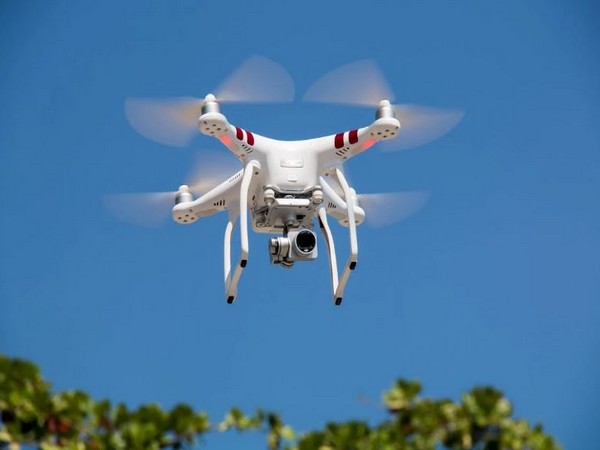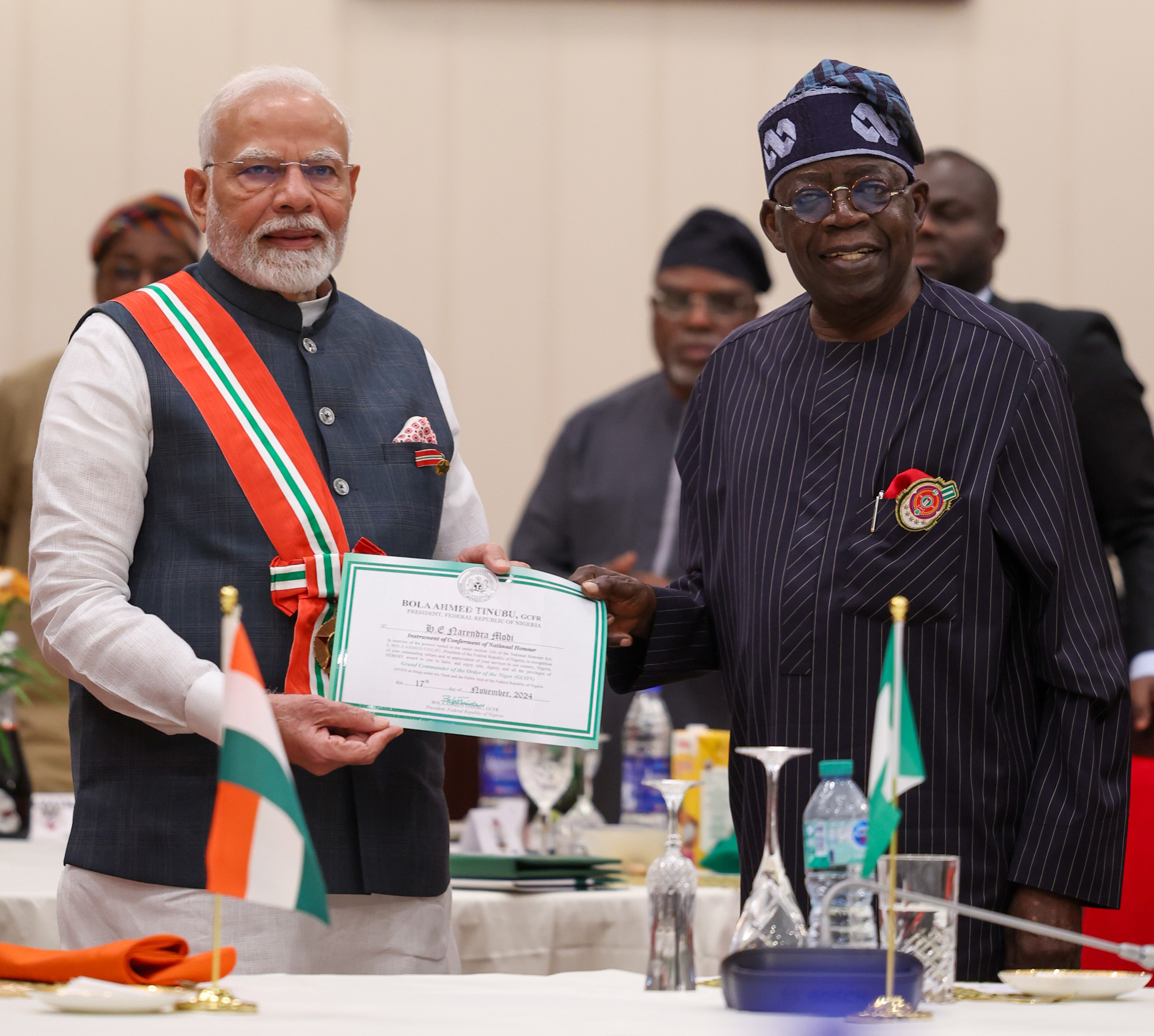The Ministry of Civil Aviation has notified the operational guidelines for India’s Production Linked Incentive (PLI) scheme for drones and drone components, taking another step toward the country’s goal of becoming a prominent drone manufacturing hub by 2030.
According to ministry sources, the government has approved the PLI scheme with an outlay of Rs 120 crore, and the scheme will be in effect until March 31, 2025.
Following consultations with stakeholders, including industry representatives, the PLI scheme guidelines were finalized. The PLI will be extended only to Indian companies that manufacture drones and drone components.
In the next three years, the Indian government expects the annual turnover of the drone manufacturing sector to exceed Rs 900 crore and the drone services sector to exceed Rs 30,000 crore. The government also believes that the drone industry can create more than 500,000 jobs.
The government will invest Rs 120 crore in the PLI scheme for the drone manufacturing sector following the recent notification of the guidelines. With social welfare as a top priority, it is urging the industry to prioritize applications in agriculture and healthcare over military use. Some of the government’s drone applications include nano urea spraying, transportation of Covid-19 vaccines, weather forecasting, surveillance of sanctuaries and forest areas, border patrolling, and rural surveying.
For Indian non-MSMEs that manufacture drones, the annual sales turnover requirement will be Rs 4 crore in order to claim PLIs. According to the ministry, the minimum level for non-MSME drone component makers will be Rs 1 crore.
PLI will also be available to developers of drone software and drone components. The ministry-appointed Project Management Agency (PMA) will evaluate the applications, and a committee chaired by the civil aviation secretary will consider the applications as recommended by the PMA.
In addition, an Empowered Group of Secretaries, chaired by the Cabinet Secretary, will monitor the scheme and take appropriate action to ensure that the expenditure stays within the Union Cabinet-approved budget.
“Excess incentive paid to any applicant (due to any reason like sales return in the subsequent year or some other reason) will be adjusted in the incentives payable in the next year(s),” the guidelines states.
“If there are no incentives payable in the next year(s), the applicant has to return the incentive along with interest calculated at 3 years SBI MCLR prevailing on the date of disbursement, compounded annually, for the number of days of holding the excess incentive,” the ministry said.
Source:TNE








 Finance
Finance






